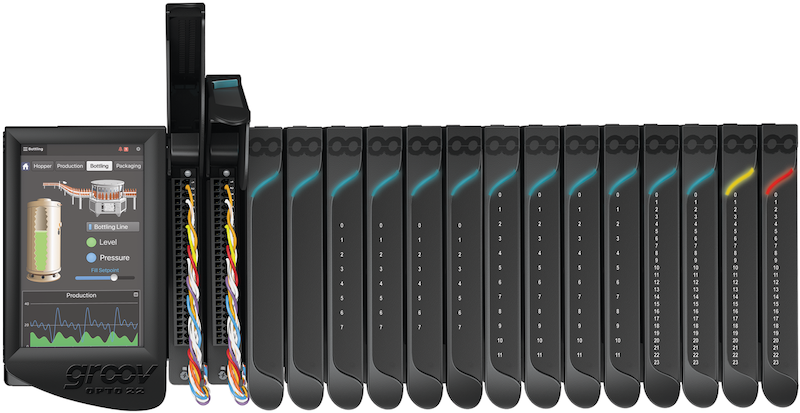PLC Upgrades Equal Peace Of Mind
Many manufacturing companies heavily invest in their automation systems and expect them to run for many years—if not decades. As we have discussed many times before with regard to SCADA systems, it is vitally important to keep your technology up to date. While the automation industry tends to focus on software (since most people interact with it daily), PLCs are arguably some of the most critical equipment in any manufacturing operation.
PLCs: The Silent Heroes Of Automation
With the exception of the new MX System from Beckhoff Automation, PLCs typically live inside a control panel and rarely see the light of day. They loop through their logic for years, and rarely need maintenance. Usually, PLC hardware is designed for harsh environments and is capable of withstanding high temperatures, dust, and vibration.
Because PLCs rarely need attention, they are often some of the oldest technology in a manufacturing plant—sometimes they’re older than many of the employees on the line! If your electrician was kind enough to complete the “date” sticker on a PLC-5 at installation, the first time a technician needs to open the panel for the first time they might discover that the PLC was installed a month before they were born. True story!
Because PLCs will run basically forever—well, until there’s an electrical problem, a fire, or the rare occasion where they simply give up the ghost—we refer to them as the silent heroes of automation.
PLCs Need Love Too
When a company wants to add more automation and consolidate data and information across their enterprise with tools like Unified Namespaces, PLCs are usually an afterthought. This is because you can usually leave your existing PLCs in place while adding in communication conversion hardware to connect the legacy PLCs to your SCADA system. From there you can integrate it into your new software solution.
While this is a reasonable approach, it might be better to consider some of the incredible PLC solutions on the market today—especially the groov platform from Opto 22. By considering a PLC upgrade as part of your journey you can take your system even further.
New PLC hardware has significantly improved security, safety, and even redundancy with software like Ignition Edge which can give you a fault tolerant system. In fact, many new PLC platforms run Ignition Edge directly on the hardware. Because PLCs are usually more robust than many panel PCs, you can have the peace of mind that your system and all of your data will remain accessible.
Upgrading to New PLC Hardware is Easier Than Ever
With the advent of more open tools like Codesys, and many other companies offering fully featured, free software tools (compared to the high cost of Rockwell’s Studio 5000 licensing), it is easier than ever to migrate to new PLC platforms. Corso Systems also has tools to manage this process for PLCs.
We can even architect a system using Opto 22 hardware to leverage your existing I/O, giving you the capabilities and flexibility of a modern PLC platform without having to go in and re-wire your entire system!
Are you ready to upgrade an old PLC—or many of them? We know what it takes to upgrade and update your automation systems into this decade (and beyond)! Please contact us with your project information.
Or schedule a call with Cody Johnson in Sales to get started right away:

